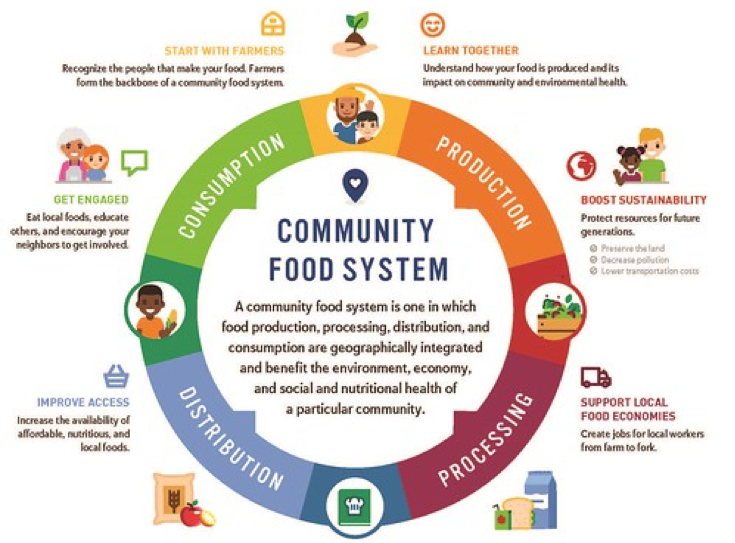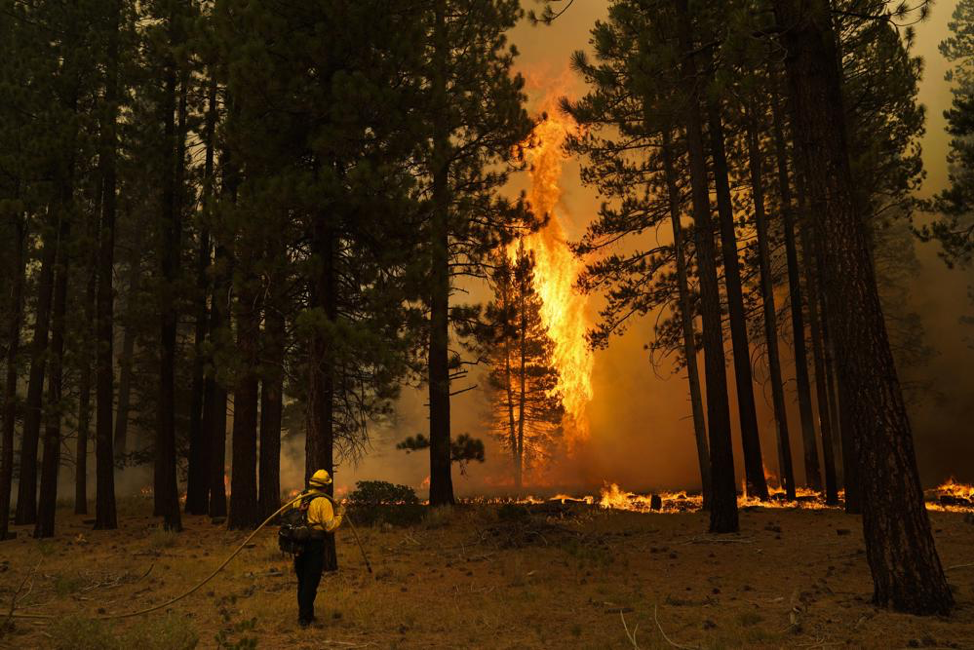PKG Fellowships: Allison Hannah Lee (G)
Click to read Part I, Part II, and Part III of Allison’s DUSP-PKG Fellowship experience.
With summer coming to a close, a reflection on my contributions to this project yields both satisfaction and questions. A lot was done with few resources. Connections were made, knowledge was shared, foundations were laid, and there is more to come this fall. Yet I admit there were (are still) questions about my role, as a planning student, in the development of this food ecosystem. The questions are less about me in particular, and more about the relationship of planning/design to food systems. So much of the on-the-ground work was nuts and bolts: financial models, databases, operation planning, economic and consumer analysis, health assessments. On more than one occasion, it crossed my mind that an MBA student, or a transportation logistics expert, would be more equipped to this task than I. It prompts me to ask, what is the relationship between planning/design and food systems?

Reassuringly, I am not the only one who’s questioned this relationship, or lack of it. In the American Planning Association’s 2007 Policy Guide on Community and Regional Food Planning, it states, “planners have paid less attention to food issues when compared with long-standing planning topics such as economic development, transportation, the environment, and housing.” Several reasons cited for this severance include:
- A view that the food system only indirectly touches on the built environment, which is the principle focus of planning’s interest;
- A sense that the food system isn’t broken, so why fix it; and
- A perception that the food system meets neither of two important conditions under which planners act: dealing with public goods (like air and water), and planning for services and facilities in which the private sector is unwilling to invest (like public transit, sewers, highways, and parks).[1]
These cited reasons put an interesting framework around the question, and are worth revisiting. They become especially insightful in the context of America today, and prompt greater reflection on why we, as a nation, have these views and assumptions.
Assumption 1: The food system only indirectly touches on the built environment.
A food system – representing the flows of products from growth to processing to distribution to consumption to waste – is highly dependent on, and shaped by, the built environment. Indeed, agricultural productivity depends on an array of natural environmental factors, such as soil, climate, water, available land, etc. But to disaggregate these elements from the built environment is incorrect. New development affects available land. Roadways affect distribution channels and market potential. Utilities affect where and how operations take place. Subsidies affects which crops are grown and if a farm is diverse or monocrop. Zoning affects where food system components take place and thus their efficiency. The built environment is an integral part of the food system.
Assumption 2: The food system isn’t broken, so why fix it.
One of the many realities that COVID-19 uncovered is the injustice in the food system. For many, and possibly for all, our food system is broken. Large portions of our population cannot afford healthy or consistent food. Most people have little to no understanding of how food is produced, and thus have no basis for valuing it beyond the end-consumer sticker price at the supermarket. Current methods of farming and meat production are environmentally destructive and morally questionable. The entirety of our food access is controlled by a few select corporations, fueled by subsidies and economic gains, which don’t always align with community needs or desires. The disruptions to supply chains during COVID-19 revealed the fragility of long global chains, and exposed that vulnerable populations are more numerous than we have previously thought.
Assumption 3. The food system is a private matter, not a public good.
The last reason – the perception that food exists in the private realm of goods and services – is one that is most nuanced and debatable from various angles. For most, food is seen as a basic human right, and as such, has garnered support in the form of assistance programs like SNAP and HIP. In this sense, food merges closer with our conception of a public good (and much new economics research has made the argument for this). But classifying food as a right doesn’t translate easily to operations, nor does it address the wider food system actors including those who grow, process, package, and distribute. Under our current thinking, these components sit squarely in the private sector.
Yet these components, as seen in this project and in many similar contexts around the U.S., are struggling. Farmers are barely scraping by, environments are degrading, food must be aggregated and co-mingled, local grocery stores are closing, access is unevenly distributed across racial and income lines, and we are becoming more reliant on importing food from unstable domestic and foreign places. Of particular concern is that California, the largest food producer in the U.S. (in cash receipts) and major food source for the rest of the country, is consistently facing increasing wildfires and draughts.

Is this a concern only for the private sector? At what point must we reconsider our past tendency to separate food system components, and begin seeing it as a holistic operation? Where and how can planners contribute to re-designing a food system of the future?
This is where I currently sit in my reflection on this project and overall work. The “food system of the future” is not, in fact, of the future. This is a system that needed to be revised “yesterday” as people keep telling me. In scenario planning, one trajectory is continuing as usual. This option produces truly scary results in the not-distant future. It’s time we, as planners, start seriously incorporating food into how we plan and design our environments.
If you’d like to get in touch about this project or the work overall, please contact leeah@mit.edu.
Allison Hannah Lee is a Master in City Planning candidate at MIT, focused on design and development. During summer 2021 she is partnering with the Community Foundation of North Central Massachusetts and local organization Growing Places to plan and implement a regional food hub that provides a better quality of life, of health, and of jobs in north central MA.
[1] Brown, Katherine and Sheila Deming Brush (2018). Edible Providence: Integrating local food into urban planning. Integrating Food into Urban Planning. UCL Press / UN Food and Agriculture Organization.
Interested in doing a Fellowship? Learn more about how to apply for our IAP PKG Fellowships here!
Tags: Agriculture & Food, DUSP Fellowships, DUSP Fellowships 2021, Fellowships Summer 2021, PKG Fellowships
